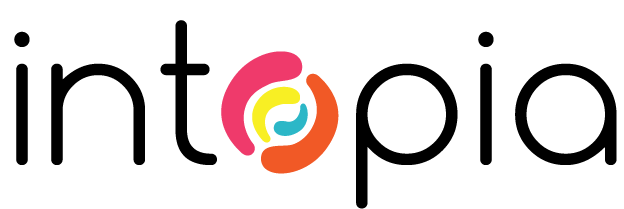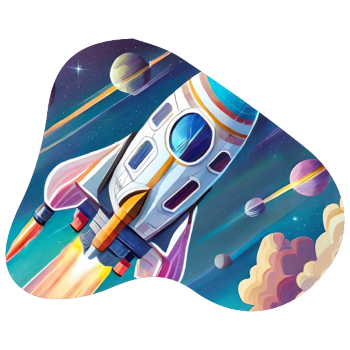
Continuing the series of helping you get to know our awesome team, meet Julie Grundy! Julie is doing an amazing job flying the flag for Intopia in Western Australia, and is actively involved in the WA accessibility scene.
We sat down with Julie to chat about her career highlights, life outside of work, and get her advice for those experiencing accessibility roadblocks in their organisations.
When did you join the team?
I met Adem and Sarah at a conference a few years ago, and started to help them out with overflow work when they were busy. I came on board full-time in November 2018, and have been very busy ever since!
Tell us a bit about your work history, and what made you want to join Intopia?
Many years ago I was a front-end developer making websites in the education and health sectors. That’s where I learned about accessibility, just as WCAG 1 was being phased out for WCAG 2. The more I learned about it, the more excited I was to help people get access to the full range of the internet.
I got a job with a Canadian accessibility consultancy called Simply Accessible, which was fun because I got to work remotely with a multi-skilled team from around the world. When Simply Accessible wound up, I was so happy when Adem asked me to join them at Intopia. I could see they were very similar to Simply Accessible in the type of clients and working life they were aiming for.
What do you enjoy working on the most?
I’m a big nerd, so I really enjoy working on audits. It lets me dig into the code of a site, test out different methods, and keep up with the latest in browsers and assistive technology. I particularly enjoy when we get to help clients who are providing essential services to Australia, like banking or education, because then I know my work is going to have a big impact.
What are the highlights of your time in accessibility so far?
At Intopia, I’ve been working with two organisations on making their design systems accessible. I think design systems are great tools that make it easier for designers and developers to do the right thing. We all have good intentions, but also tight budgets and deadlines mean that functionality can get postponed in favour of making things look good enough to please a non-technical stakeholder. When we take the time to bake accessibility into a design system, people can grab components and go, trusting that access needs have been taken into account already.
While I was at Simply Accessible, I spent a lot of time in large, international teams making airline websites accessible. They were really difficult projects, but I think the results show that it was worth it. It was a great experience because it expanded my accessibility knowledge into new areas, and built my ability to work in complex environments.
What’s next when it comes to achieving a world without digital barriers?
Speech recognition is about to be the next big thing, I reckon. The tech giants are adding it to their operating systems, so people with a disability won’t have to rely on outdated voice control software with poor usability anymore. And then, like most assistive tech that gets invented, everyone is going to want it because it’s so useful.
In the long term, I really want to improve how developers learn about accessibility. It’s not usually taught in bootcamps or Computer Science degrees, but it should be. Imagine if new developers already understood the basics of semantics and focus management, how much better most websites would be!
What advice would you give those facing roadblocks with implementing accessibility / digital inclusion in their work?
If you’re trying to make your work more accessible and you’re getting resistance from your colleagues, I’m a big fan of asking forgiveness rather than permission. Start making changes to your own work, and to anything you can get control of. Position yourself as the expert on the topic with all the useful resources, so that when people find out they have to comply with accessibility requirements, they come to you and your friendly advice instead of just copy-pasting the first thing they find on Google. This can take a long time, so definitely reach out to the accessibility community for support – we’ve all been there, so we know how you feel!
If you’re having trouble with the technical side of things, please do ask for help. There’s no need to struggle by yourself because accessibility experts are keen to share what they know. There’s an active accessibility community on Twitter, using the #a11y hashtag (including me!). Find the people who are active there, and follow their blogs where they discuss the details. Go to your local accessibility meetup, and if there isn’t one, start one!
One fun random fact about yourself
One of my hobbies is knitting. It’s a nice change of pace from looking at a screen all day. And it lets me play with fluffy yarn and pretty colours, while catching up on podcasts and movies. I’m not particularly good at it, but that’s not the point 🙂
At the moment I’m working on some wrist-warmers for my niece, and after that it’ll be a scarf for my mother-in-law. In the past I’ve made a bunch of baby blankets and oddly fitting jumpers, and have decided that although hand-knit socks are amazingly comfortable, they’re too much effort to ever do again.

